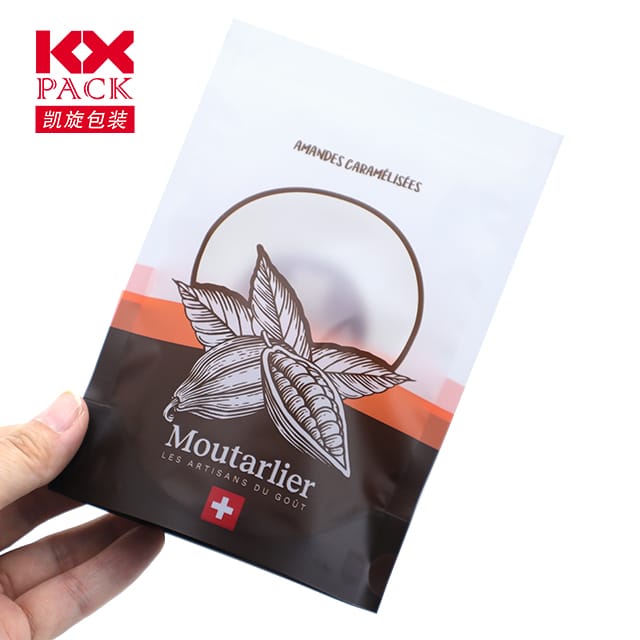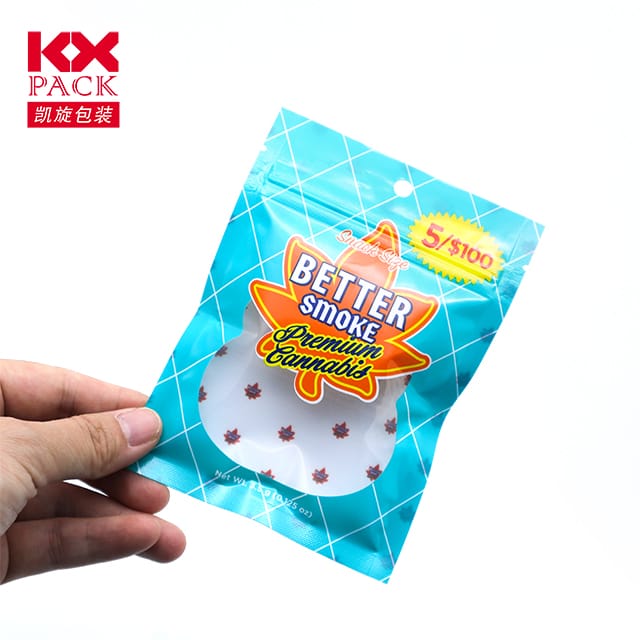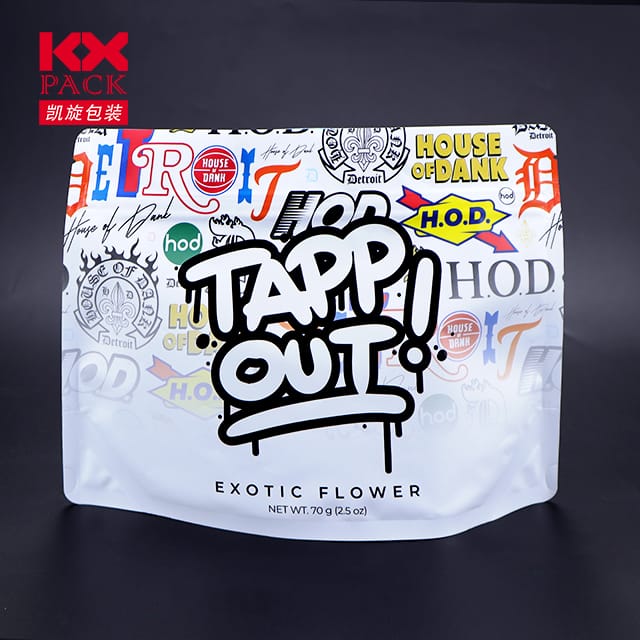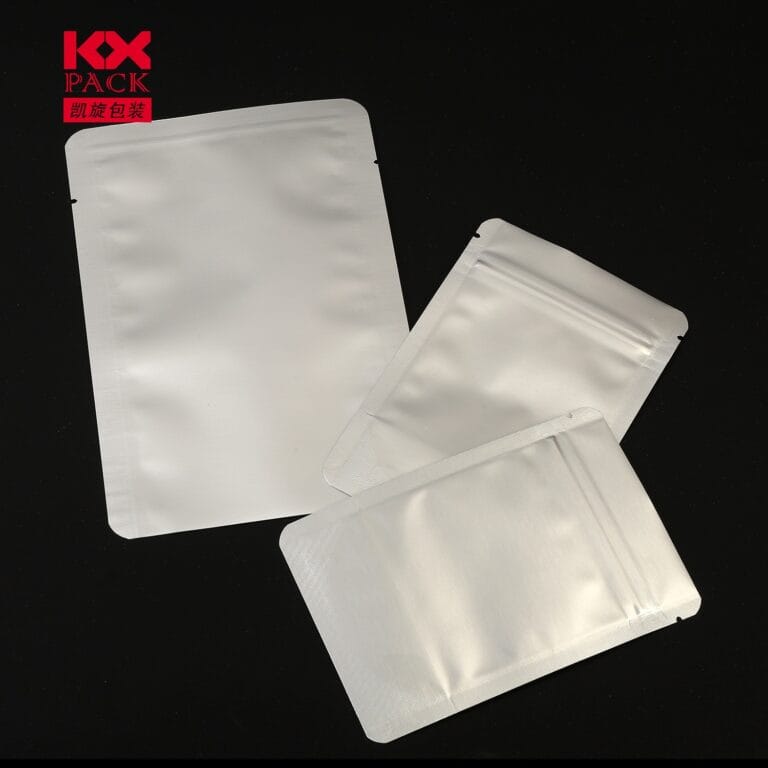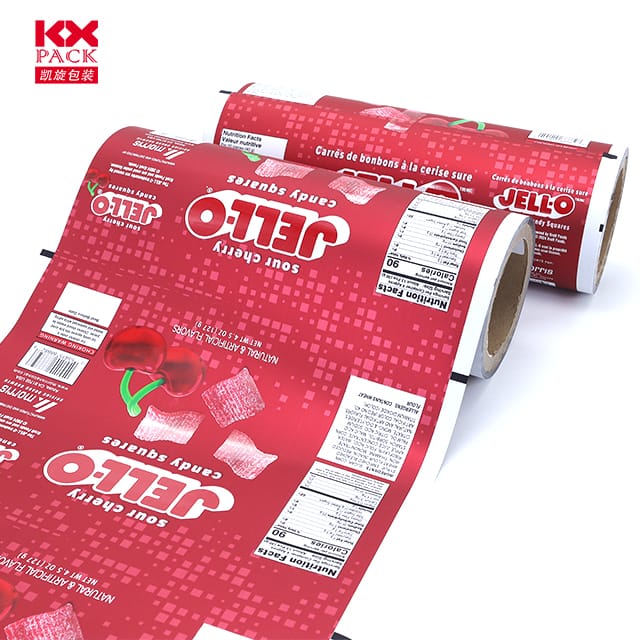Evolusi filem pembungkusan yang fleksibel: Kelestarian, Inovasi, dan kesan pengguna
Filem pembungkusan yang fleksibel
In today’s fast-paced consumer landscape, flexible packaging film has emerged as a cornerstone of modern product protection and convenience. Dari makanan dan minuman ke farmaseutikal dan barang penjagaan diri, Ini ringan, Bahan serba boleh membentuk semula industri dengan mengimbangi fungsi, kecekapan kos, dan tanggungjawab alam sekitar. Mari kita menyelidiki trend terkini, cabaran, and breakthroughs in flexible packaging films that are driving the future of sustainable packaging.
1. What is Flexible Packaging Film?
Filem pembungkusan yang fleksibel refers to non-rigid materials used to wrap, meterai, or contain products. Commonly made from polymers like polietilena (PE), polipropilena (PP), poliester (PET), and biodegradable alternatives, these films offer advantages such as:
- Lightweight design: Reduces shipping emissions and material costs.
- Sifat penghalang: Protects against moisture, oksigen, UV light, dan bahan cemar.
- Penyesuaian: Enables branding via high-quality printing and unique shapes.
- Extended shelf life: Preserves product freshness, crucial for perishables.
2. Kelestarian: The Driving Force
The packaging industry faces mounting pressure to minimize waste and carbon footprints. Flexible films are adapting through:
a. Bahan Terbiodegradasi dan Boleh Kompos
- PLA (Asid polylactic): Derived from renewable resources like corn starch, PLA decomposes in industrial composting facilities.(Filem pembungkusan yang fleksibel)
- Pha (Polyhydroxyalkanoates): A biodegradable polymer produced by bacteria, ideal for marine-degradable applications.
- Laminates berasaskan kertas: Combining paper with bio-plastics for recyclable or compostable solutions.
Jenama sepertiTIPA Corp danNatureWorks are pioneering compostable films that meet industrial composting standards (Mis., EN 13432), offering a viable alternative to traditional plastics.
b. Monomaterials yang boleh dikitar semula
Mono-material structures (Mis., all-PE or all-PP films) simplify recycling by eliminating multi-layer incompatibilities. Inovasi sepertiAmcor’s AmLite HeatFlex Recyclable use single-polymer barriers to maintain performance while enabling circularity.
c. Post-consumer dikitar semula (PCR) Kandungan
Incorporating recycled plastics into flexible films reduces virgin material use. Contohnya, Dow’s RecycleReady technology allows polyethylene films to be recycled through store drop-off programs.
3. Kemajuan teknologi
a. High-Barrier Films for Longer Shelf Life
Advanced coatings and nanotechnology enhance barrier properties without adding bulk. Sebagai contoh, silicon oxide (SiOx) and aluminum oxide (AlOx) coatings provide oxygen and moisture barriers comparable to metalized films but with recyclability benefits.
b. Active and Smart Packaging
- Oxygen Scavengers: Integrated into films to extend product freshness (Mis., Mitsubishi Gas Chemical’s Ageless®).
- Temperature Indicators: Color-changing labels that alert consumers to spoilage risks.
- QR Codes and NFC Tags: Enable traceability and consumer engagement via smartphones.
c. Lightweighting and Thinner Gauges
Manufacturers are reducing film thickness without sacrificing strength. Contohnya, Borealis’ Borstar® technology produces ultra-thin PE films that cut material use by up to 30%.
4. Cabaran dan jalan ke depan
Walaupun kemajuan, Rintangan kekal:
- Infrastruktur kitar semula: Many flexible films are difficult to recycle due to multi-layer designs or contamination.
- Kos vs. Kelestarian: Biodegradable materials often cost more than conventional plastics.
- Pendidikan Pengguna: Misconceptions about compostability (Mis., home vs. industrial composting) hinder adoption.
Solutions on the Horizon:
- Chemical Recycling: Turning mixed plastics into raw materials for new films (Mis., PureCycle Technologies).
- Standardized Labels: Clearer recycling/composting instructions to reduce confusion.
- Policy Support: Tanggungjawab pengeluar yang dilanjutkan (EPR) laws incentivizing eco-design.
5. The Consumer Perspective
Modern shoppers prioritize sustainability but demand uncompromised quality. Brands must balance:
- Kemudahan: Easy-to-open, resealable films for on-the-go lifestyles.
- Ketelusan: Clear messaging about eco-attributes (Mis., “100% Boleh dikitar semula” atau “Home Compostable”).
- Aesthetics: High-definition printing to maintain brand appeal.
Kesimpulan: A Flexible Future
Flexible packaging film is at a crossroads—where innovation meets responsibility. The shift toward sustainable materials, coupled with smart packaging technologies, promises a future where products are protected, waste is minimized, and the planet thrives.
Panggilan untuk bertindak:
- Pengguna: Support brands using recyclable/compostable films and advocate for better recycling infrastructure.
- Pengeluar: Invest in R&D for mono-material designs and closed-loop systems.
- Policymakers: Enforce stricter eco-standards and incentivize circular economy practices.
bersama-sama, we can turn flexible packaging into a symbol of progress—not pollution. 🌍♻️
Sumber: Flexible Packaging Association, Smithers Pira, Dow Chemical, Amcor, and industry sustainability reports.

